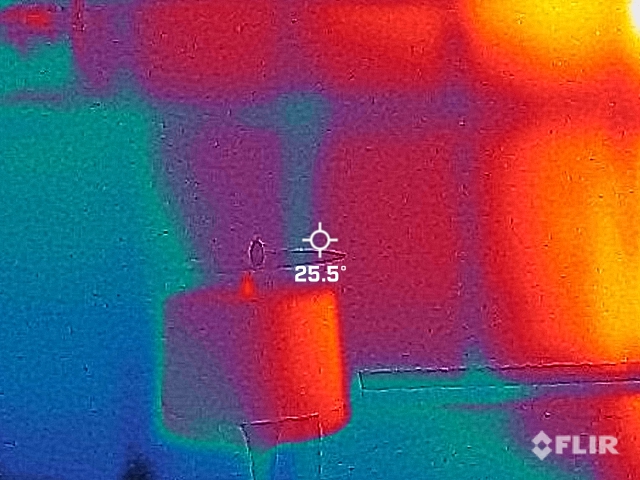Come winter, it is time to insulate
If you’re not patient enough to read installation instructions or you’re unwilling to face the prospect of cobwebs and animal carcasses (or even live animals!), hire a licensed installer (go to...

As winter nears it’s important to note that many homes don’t have insulation or they are too old for insulation to be any good. I recently checked the insulation in our home’s ceiling cavity and found that it had sunk to be only half as thick as it was when new. It was time to bulk up!
Easier said than done. A quick trip to the local mega green shed (killer of small hardware stores, purveyor of sausage sandwiches and they who will not be named here) revealed an empty insulation section. A staff member told me it goes out as fast as it comes in. Yep, some people are hoarding insulation – whether to resell or keep for future projects, who knows?
I left very light handed and I did consider whether toilet paper would make good insulation.
Luckily enough for me, I found a local supplier who had just enough for my ceiling cavity and, although it wasn’t the type I really wanted (the non-itchy variety), it was better than toilet paper! The next quandary I faced was whether I should remove the existing older insulation or lay the new insulation over the top of it? And there ensued a little moment of scholarly (well, just Google actually) research.
Here is a list of insulation myth-busters:
1. Should you lay new insulation over old?
I couldn’t find a definitive answer on this one. In an ideal world, it all gets removed, vacuumed out and nice fresh fluffy insulation with a high R-Value is installed. If, however, the old insulation is still in decent nick, hasn’t completely collapsed and isn’t full of very desiccated rat bodies, then you can lay new stuff on top. While the old stuff may not offer too much in the way of insulating value, it’s cheaper to keep it there than remove and dispose of it. One tip was to lay it in the opposite direction to the older stuff to stop leakage along the ceiling joists, but don’t forget to give space around recessed light fixtures – remember the insulation scandals poor ol’ Peter Garrett faced over Rudd’s insulation program? Let’s not let that happen again.
2. The higher the R-Value, the better?
The “R-Value” of insulation is a measure of how much the insulation will prevent the movement of heat through its material. In winter this is preventing heat from getting out of the house; in summer it’s preventing the heat from getting in. While a higher R-value is definitely better, it’s only effective if the insulation can stay in its fluffy freshly unpacked state. Stuffing very thick insulation into a small cavity won’t work because it crushes all that lovely insulating fluffiness. You need to select the size of insulation to match the size of the cavity, whether that’s wall, floor or ceiling. Always follow the packet instructions!
3. There should be no breaks in the insulation?
Yes, but it’s sometimes tricky to achieve. Even the smallest hole can let valuable heat out. If you can achieve a complete cover, you’re restricting the chances of a thermal bridge. A thermal bridge exists where a building element of the construction connects the inside to the outside without some sort of insulative layer in between. The most common thermal bridge for single domestic homes is the timber frame in the walls. In most cases it forms a direct connection from the internal plasterboard all the way to the external cladding. And, while timber isn’t a great conductor of heat, over an entire wall, it can account for about 10% of heat transfer through the wall (not far behind doors and windows at 20-30%). The addition of even a thin layer of an insulating vapour barrier on the outside of the timber frame will prevent this thermal bridging from occurring.
If you’re not patient enough to read installation instructions or you’re unwilling to face the prospect of cobwebs and animal carcasses (or even live animals!), hire a licensed installer (go to www.cleanenergycouncil.org.au/industry/insulation-installers/find-an-installer).
Happy insulation, everyone. May you stay warm and your insulation fluffy this winter.





